The memories of the trees of Gran Canaria
The unique trees of Gran Canaria offer their particular summary of the island’s history and biodiversity.
The unique trees of Gran Canaria have their own given name and the people of the island speak to them as old friends, venerable elders or a mother in whose shade several generations have grown up. This is the case with La Castañera Grande de Las Lagunetas, an over 300-year-old chestnut in Vega de San Mateo whose wood ash was used to heal the navels of children who were born on this island sheltered in the grove.
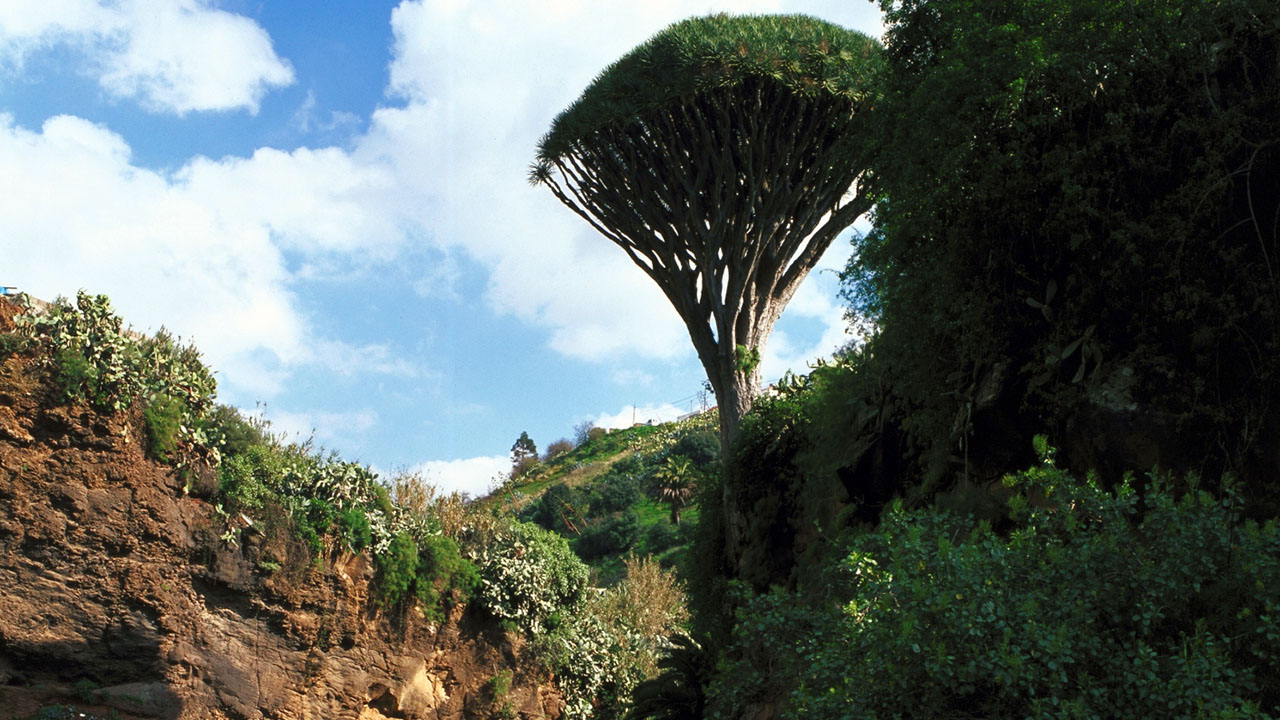
And just a like a baby, the Draco or Dragon tree of Pino Santo spontaneously sprouted from the earth more than 240 years ago and has been standing there ever since, clinging to a wall of basalt over which it hangs its centuries-old roots. The sight of the perfect silhouette of this 16-metre-tall vegetal monument from the GC-151 road or from the bottom of the Barranco Alonso ravine, offers a fleeting and almost dreamlike vision of a lost paradise.
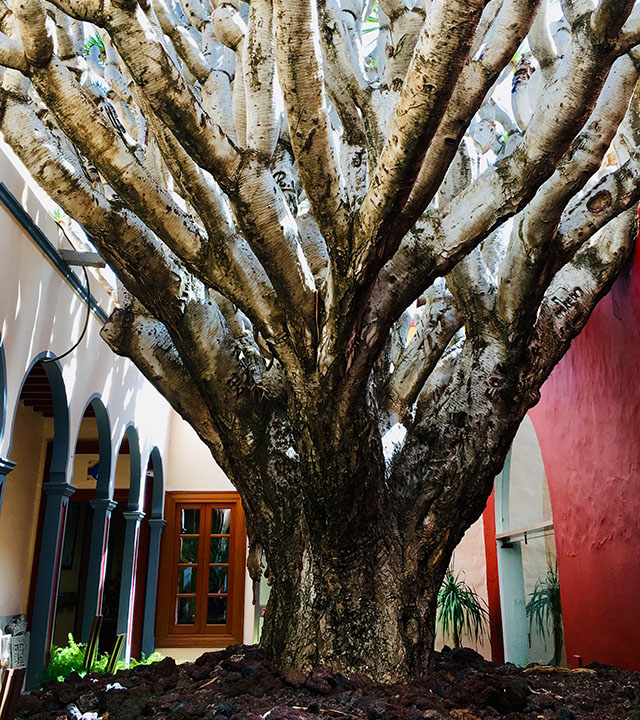
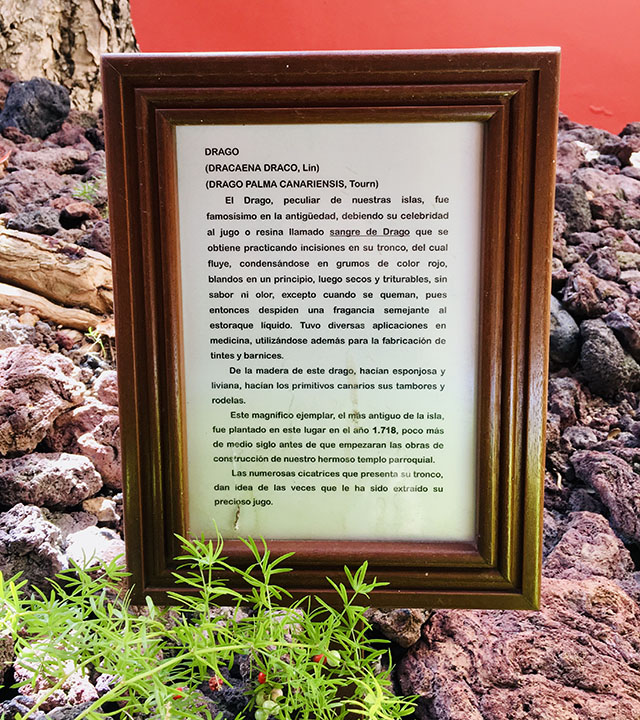
In 1718, the same year in which the French founded the city of New Orleans, when the notorious pirate Blackbeard and King Charles XII of Sweden died and the peace treaty that ended the Austro-Turkish war was signed, someone planted in Galdar the oldest living Dragon tree in the island of Gran Canaria, which today continues to witness human events located in the inner courtyard of the old town hall, now turned into a tourist office. Its dragon skin-like tree bark reveals the engravings and scars from having been pierced to extract its resin for medicinal purposes or for dyes by those who worked as herbalists, such as the renowned Catalina, popularly known as ‘La Regañona’ (The Scold) because of her strong character.
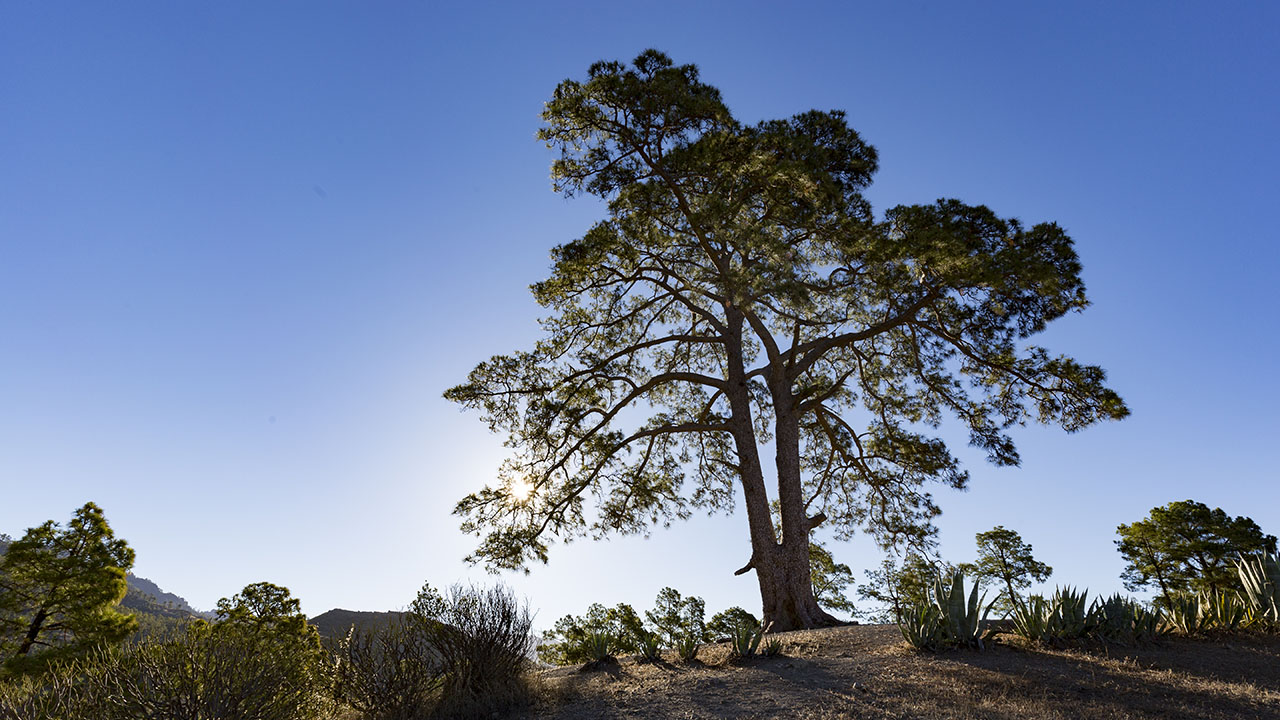
Shepherds, muleteers, loggers, migratory herders and charcoal burners were the first to sat under its thick canopy, on the hill on which the tree stands. Nowadays, it is mainly mountaineers and hikers who gaze in amazement at the Pino de Casandra, also known as Pino Bonito, the oldest pine tree in Gran Canaria, about four centuries old, standing as a witness to the transition from pre-Hispanic to modern society. The scar of a large burn on its trunk has fuelled the flame of legends on countless nights under the stars by the Presa de Las Niñas dam. Its brothers, the Pine trees of Galdar, are also centuries old and touch the sky at 1400 - 1500 metres above sea level.
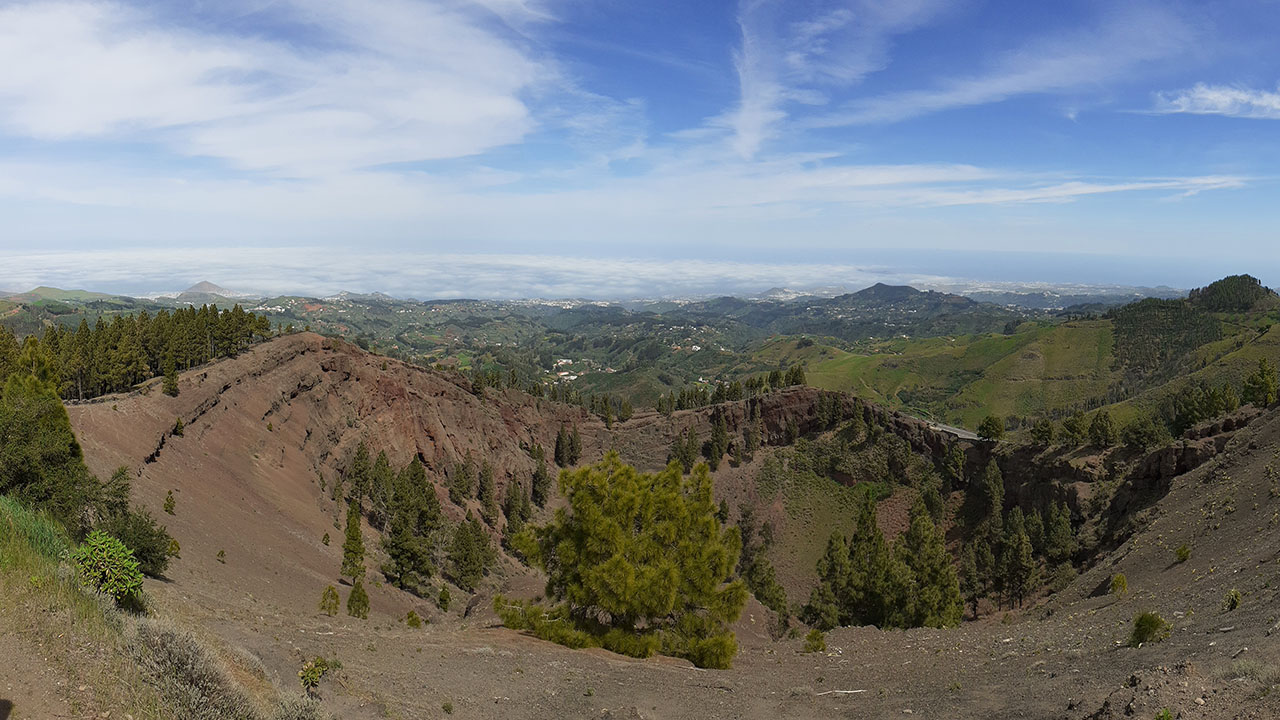
Memories sometimes come to us wrapped in fragrances. This is also the case with Phoenician Junipers, whose wood was used to make incense to purify and scent the rooms of the home. Additionally, this wood is so strong that we can still find juniper beams supporting structures for several centuries. One of the largest and oldest of these types of junipers in the Canary Islands is the so-called Sabina de Tirma, which according to oral tradition was born when a crow came to drink on this slope and deposited the fortunate seed.
Next to the road that connects the hamlets of Las Casas de Almacigo, we find the Cardonera de Veneguera, an impressive group of Canary Island spurges used as a stage for staging Nativity scenes. It may seem quite an odd use for this botanical jewel which looks like giant intertwined candelabra that are more than five metres tall and fifteen metres in diameter, representing the species of the sunniest slopes of Gran Canaria. At the opposite side, we find the Barbusano de Osorio, a perfect example of the Canarian laurel forest or rainforest, which is the core of the legendary Doramas Rural Park, named after the well-known ancient Canarian warrior.
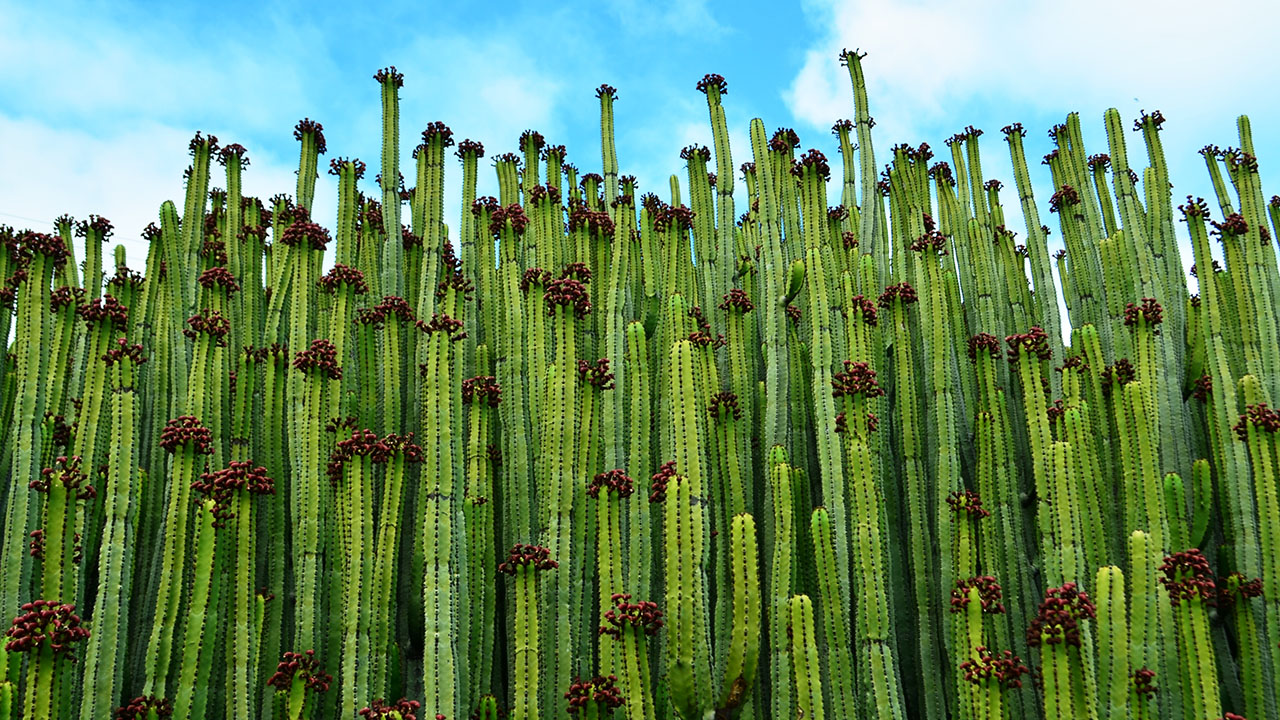
The palm tree grove in la Sorrueda, known as El Palmeral de la Sorrueda, located in the heart of the Southeast Midlands of the island, is an open-air lesson in the beauty of Canary Island palm trees. This grove is also located next to a mosaic of agricultural plots, some of which have been exploited since the 16th century. Meanwhile, the Palm trees in Tenoya, on the road to Casa Ayala, rise from the ground next to a banana plantation and their solitary and inaccessible canopies spread out like fireworks at a height of 36 metres.
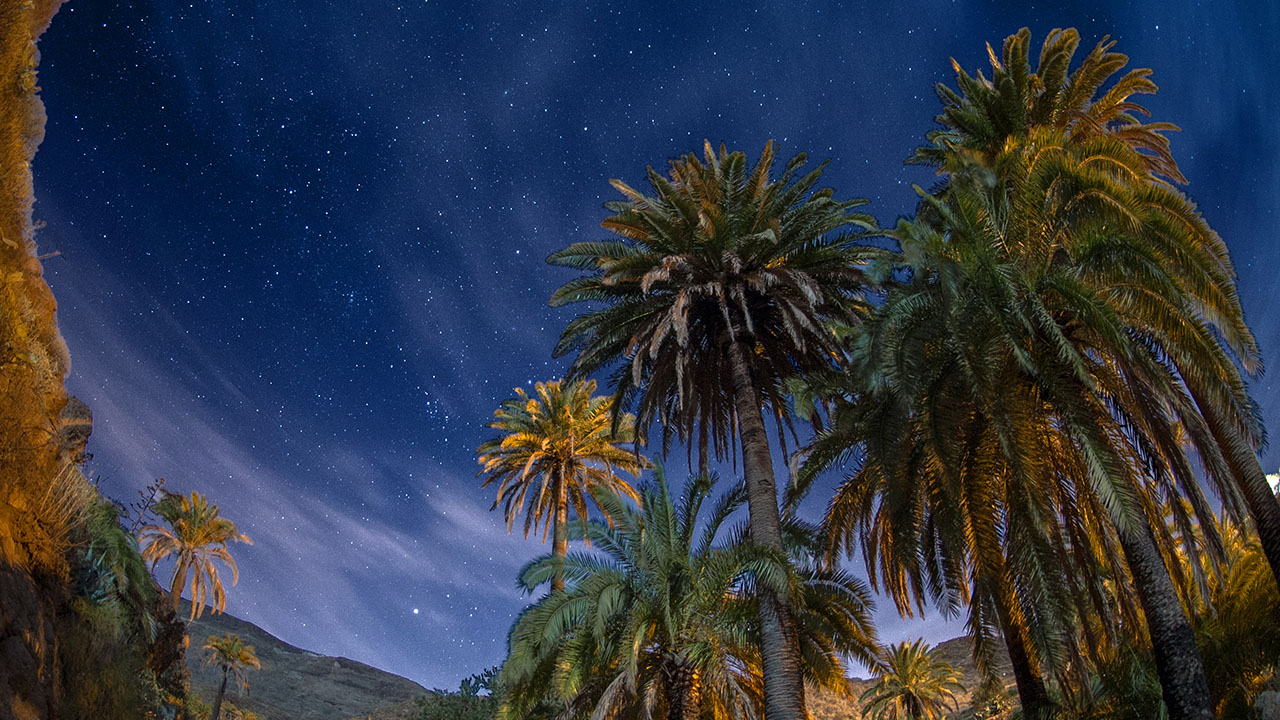
Sago palms are living fossils that emerged more than 300 million years ago in the Mesozoic Era. This species is considered one of the first with a certain degree of complexity to appear on the planet. Although not exactly a palm tree, it looks like one. For more than two centuries, La Cica de San Martín, a 11-metre-tall sago palm, has lived within the walls of the former San Martín Hospital, which later became the San Martín Centre for Contemporary Culture and will soon become the Gran Canaria Museum of Fine Arts, where it will preside over a space that will show the works of artists who were born and produced their work long after it.
Related links:
Unique trees of Gran Canaria

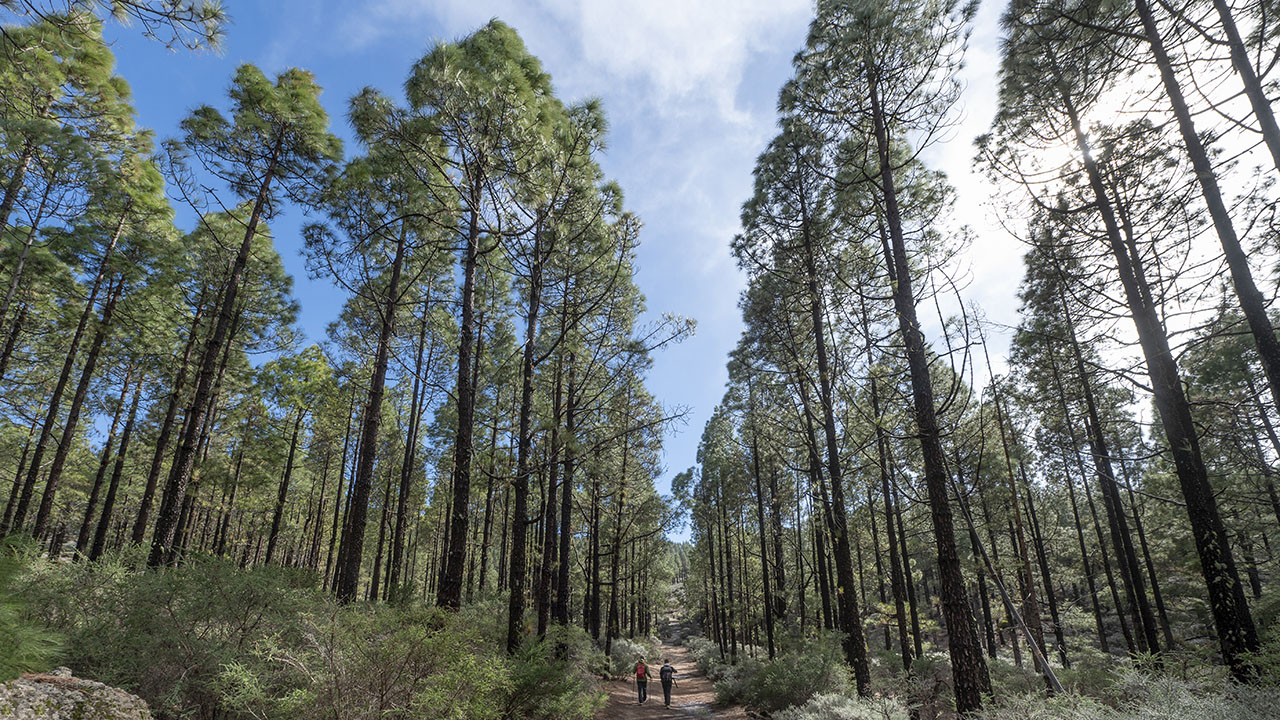
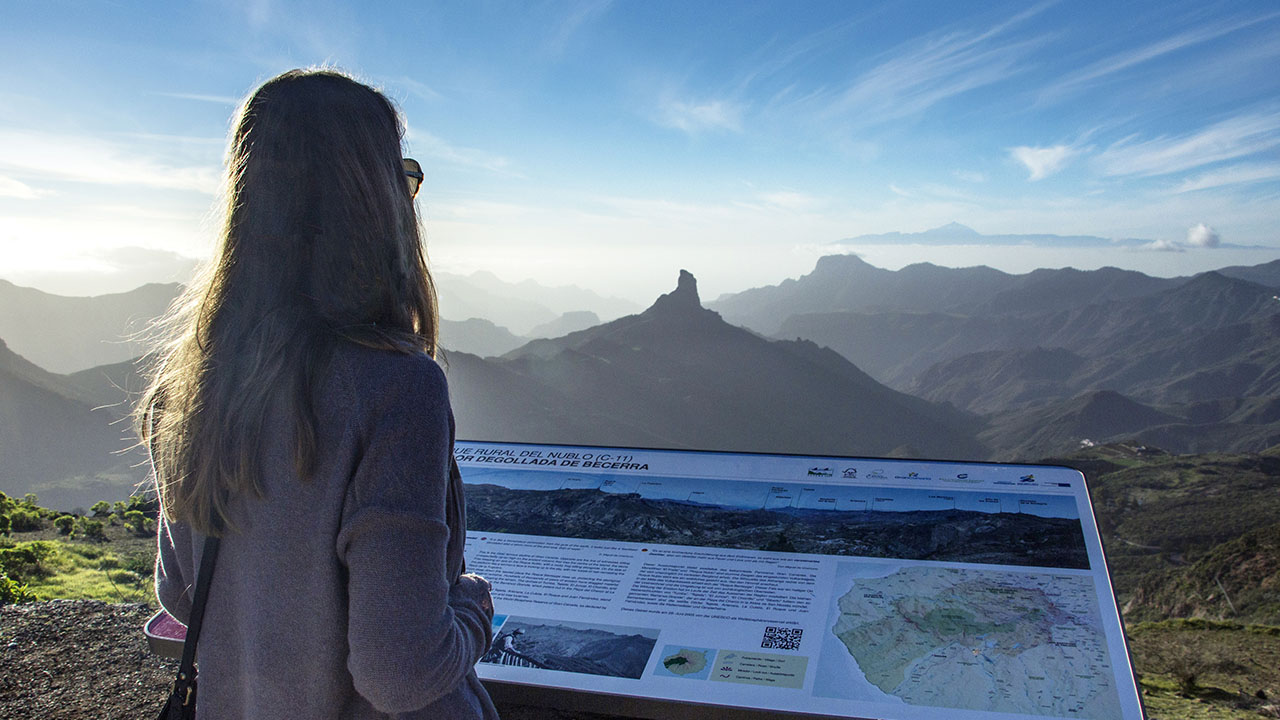
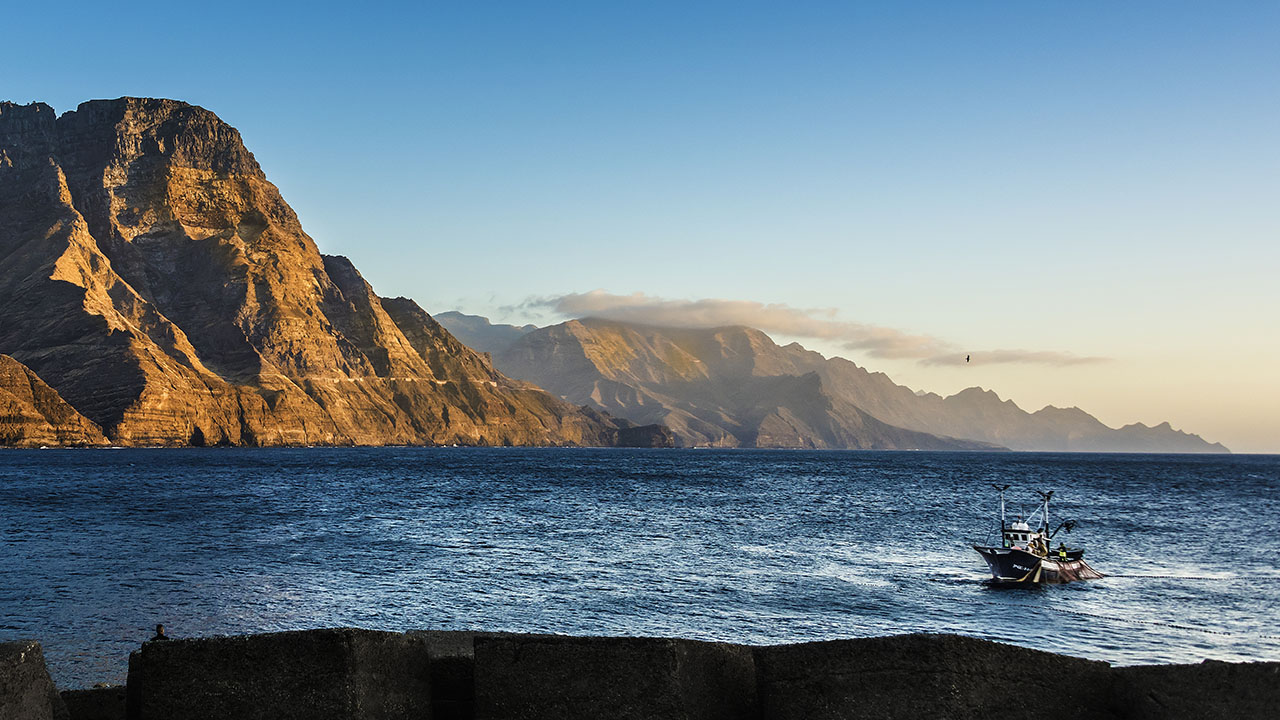
Comments are disabled for this post.